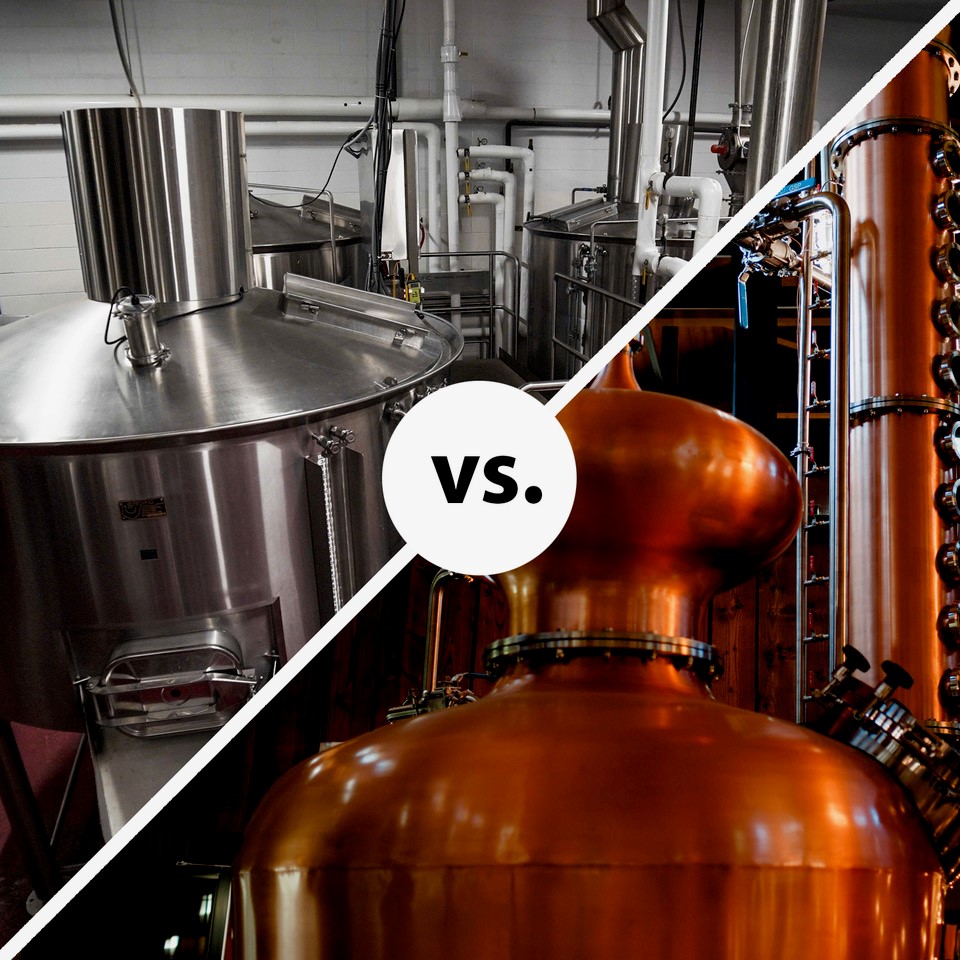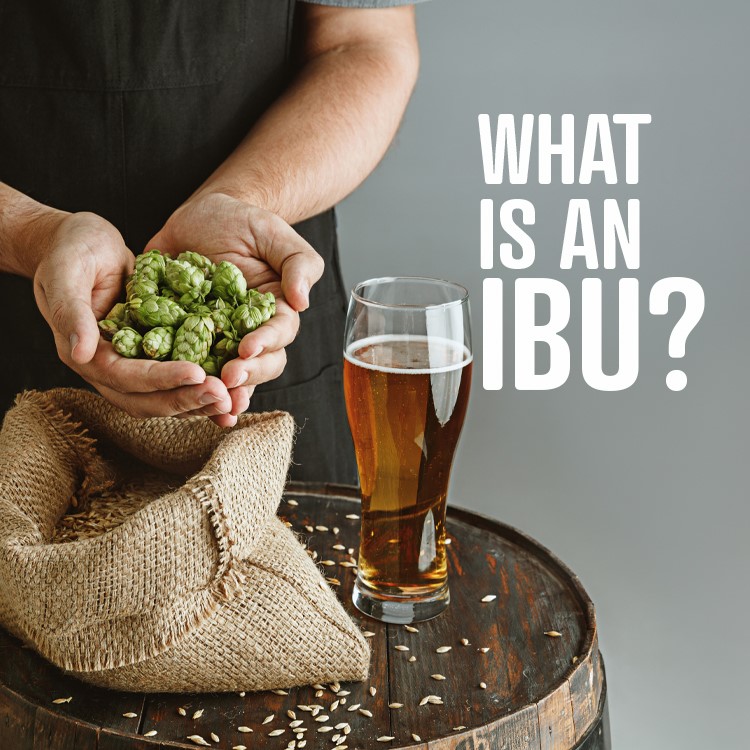The realms of distilling and brewing hold a captivating allure for those with a taste for craftsmanship and a love of fine beverages. Both processes are steeped in history and tradition, yielding a range of libations that have delighted human palates for centuries. While distilling and brewing share some common ground, they are distinct arts that involve different techniques, goals, and outcomes.
The Common Ground:
At their core, both distilling and brewing are methods of transforming raw ingredients into alcoholic beverages. Be it grains, fruits, or other sources of sugars, these ingredients serve as the foundation for both processes. Additionally, yeast plays a vital role in both realms, as it’s responsible for converting sugars into alcohol through fermentation.
The Brewing Process:
Brewing, the older of the two arts, dates back thousands of years. It involves the fermentation of sugars from ingredients like malted barley, hops, water, and yeast. The process begins with mashing, where grains are steeped in hot water to extract sugars. The resulting sugary liquid, known as wort, is boiled with hops for flavour and aroma. After cooling, yeast is added to start fermentation. The outcome is beer, where the quality of ingredients, brewing techniques, and fermentation conditions influence the final taste.
The Distilling Process:
Distilling, on the other hand, is the art of purifying and concentrating alcohol through a process of heating, vaporization, and condensation. This process extracts the essence of the original fermented liquid, whether it’s wine, beer, or a raw distillate. Distillation is performed using a still, which can be a pot still or a column still, each with distinct effects on the final product. The distillation process separates alcohol from other components through vaporization and recondensation, resulting in a higher alcohol content.
Distinguishing Factors:
One of the key distinctions between distilling and brewing lies in their end goals. Brewing aims to create flavourful and balanced beverages with various textures, aromas, and flavors. Distilling, on the other hand, focuses on producing spirits with a higher alcohol content and refined characteristics, often aged to achieve complexity and depth. The distillation process also involves careful separation of undesirable compounds, such as methanol, which can be harmful in large quantities.
Similarities and Crossroads:
Both brewing and distilling require a deep understanding of raw materials, fermentation, and temperature control. Moreover, these arts have witnessed a resurgence of craft and innovation in recent years. Craft brewers and distillers experiment with diverse ingredients, flavours, and techniques, pushing the boundaries of tradition to create unique and exciting libations.
In the world of libations, distilling and brewing stand as distinct yet interconnected crafts, each with its own set of techniques, objectives, and historical significance. While brewing creates a symphony of flavours and aromas in the form of beer, distilling refines these flavours into concentrated spirits. As enthusiasts continue to explore the intricacies of both realms, it’s evident that the art of transformation through fermentation and distillation will remain an enduring and cherished aspect of human culture.






